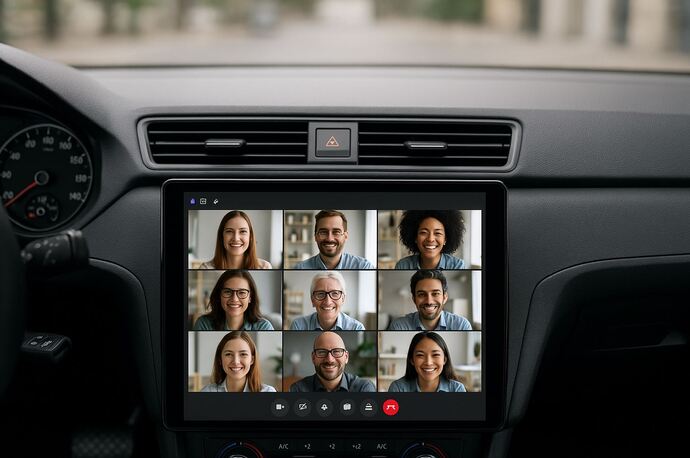Are smart motorways always dumb?
May 23, 2023

People power can be a potent force for change - particularly where road danger reduction is concerned. Just look at what the Dutch achieved in the early 1970s.
Closer to home, public opinion has prompted a u-turn by the government on 'dynamic hard shoulders' - more often described as smart motorways. In recognition of what's described as a 'lack of public confidence', plans for new smart motorways have been cancelled, and £900 million is to be spent on safety improvements to existing smart motorways.
While hardly comparable with the Stop de Kindermoord movement of the 1970s, how much of a step forward for road safety is the smart motorways protest victory? Especially given similar systems operate in other countries without controversy.
For background, there are three main types of smart motorway - objections focussed on numbers two and three.
- A controlled smart motorway has a permanent hard shoulder, but uses variable speed limits to adjust the flow of traffic
- Dynamic smart motorways open the hard shoulder at peak times reduce the speed limit to 60mph
- All-lane running smart motorways have no hard shoulder at any time, opting instead for emergency refuge area
Motorway hard shoulders may seem like a safe refuge to many motorists, but crash statistics paint a different picture - one in 12 motorway deaths occur there.
Of the 7,515 deaths on England’s roads between 2015-2019, 431 were on motorways, and of those 24 occurred on all-lane running motorways (number 3 above). This means that in terms of fatality rates, smart motorways are the safest roads in the country. Per mile travelled, fatal casualty rates are a third higher on conventional motorways (0.16 per hundred million vehicle miles, hmvm) than on all-lane running motorways (0.12 per hmvm).
It's easy to see how smart motorways can be perceived as unreasonably dangerous when a stranded vehicle is struck, and how a fatal collision can become a focal point for an opposition campaign. Indeed, the government's own 'Stocktake' report in 2020 found collisions between a moving vehicle and a stopped vehicle are more likely on all-lane running and dynamic motorways. However, collisions between two or more moving vehicles – which is how more people die – are more likely on conventional motorways.
Countries across Europe including Germany, Austria, Belgium, Denmark and the Netherlands continue to introduce smart motorways. While the systems differ from country to country, many feature the so-called 'hard shoulder running' that proved so controversial here in the UK. According to the CEDR (Conference of European Directors of Roads), the overall impact on safety of smart motorway features is positive when they're operated in an appropriate way. Make of that what you will.
It's important to remember why smart motorways are introduced in the first place. If we're uncomfortable with the technological solutions required to eek remaining capacity from our struggling road network, perhaps the time has finally come to provide safer and more sustainable alternatives to travel by car.
The ethical choice
The ETA was established in 1990 as an ethical provider of green, reliable travel services. Over 30 years on, we continue to offer cycle insurance , breakdown cover and mobility scooter insurance while putting concern for the environment at the heart of all we do.
The Good Shopping Guide judges us to be the UK's most ethical provider.

Breaking down on a motorway
If your vehicle has a problem on a motorway with no hard shoulder:
- Move into the left hand lane and put your hazard lights on
- Exit at the next junction or services OR
- Follow the orange SOS signs to an emergency area and call for help using the free telephone. This will tell us your location.
If you can’t get off the motorway or to an emergency area:
- Move your vehicle as close as possible to the left-hand verge, boundary or slip road
- If you feel you can get out safely with any occupants, consider exiting your vehicle via the left-hand door, and wait behind the safety barrier if there is one and it's safe to do so. Keep clear of your vehicle and moving traffic at all times
- Call 999 immediately
If your car stops unexpectedly in any lane and it's not safe to get out
- Keep your seatbelts and hazard lights on and call 999 immediately
If there is a hard shoulder on a motorway, you can use it to stop in an emergency only. If you can, get behind the safety barrier and away from your vehicle and moving traffic. Use the free SOS phone or call Highways England on 0300 123 5000 for help. Why not save the number in your phone now in case you ever need it?
Do not put out a warning triangle in any circumstances.
All motorists should be able to make their own recovery arrangements in the event of a breakdown. Don't leave it too late - get a quote for breakdown cover here
Information correct at time of publication.







